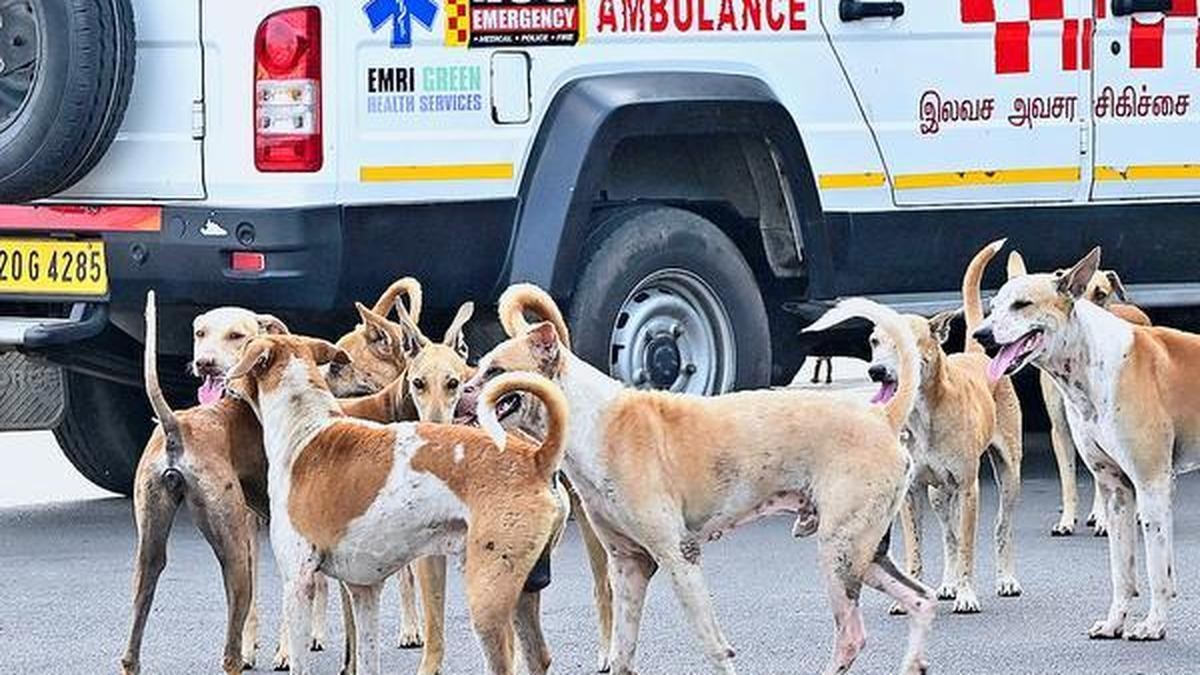



Neglected tropical diseases (NTDs) affect 1 billion, mainly vulnerable populations. Despite 56 countries eliminating at least one NTD, recent U.S. funding cuts threaten progress. Delayed campaigns, halted research, and expiring medicines risk reversing gains, urging urgent alternative funding to sustain NTD programs and prevent resurgence in affected regions.

Copyright infringement not intended
Picture Courtesy: WHO
Context:
Reduction of international aid, or Official Development Assistance (ODA), is risking decades of progress against Neglected Tropical Diseases (NTDs).
Neglected Tropical Diseases are a group of infectious diseases that affect over 1 billion people in impoverished communities, mainly in tropical and subtropical climates.
Why "Neglected"? => They are called "neglected" because they get far less funding and attention compared to major diseases like HIV/AIDS, tuberculosis, and malaria, despite causing immense suffering and disability.
|
NTDs are both a consequence and a cause of poverty. Disease → Disability & Stigma → Loss of Productivity → Poverty → Poor Living Conditions → Increased Risk of Disease |
They are diseases of poverty, thriving in areas with poor sanitation, unsafe water, and limited healthcare access.
They cause severe pain, disability, disfigurement (like in leprosy or lymphatic filariasis), and social stigma.
Despite their impact, most NTDs are preventable and treatable.
WHO Roadmap 2021-2030
The World Health Organization (WHO) has set targets in its roadmap, "Ending the neglect to attain the Sustainable Development Goals." The goal is to eliminate at least one NTD in 100 countries and reduce the number of people requiring treatment by 90% by 2030.
The Five Pillars of the Fight:
The recent crisis originates from the decision by major international donors to cut their financial support for NTD programs.
The US government, through its agency USAID, has been a leading supporter of NTD programs for nearly two decades. Its recent decision to withdraw funding has created a massive gap.
In 2021, the UK government also ended its major NTD initiative, the Ascend programme.
These decisions, mainly driven by shifts in domestic policy and budget reallocation, create a domino effect across the global healthcare system.
Delayed Treatment => Mass Drug Administration campaigns have been postponed. This has directly prevented 143 million people from receiving necessary treatment.
Risk of Resurgence => When treatment is halted, diseases that were close to elimination can resurge, leading to new infections and reversing years of progress.
Job Losses => The suspension of funding has led to the layoff of trained frontline health and care workers in over half of the affected countries. This dismantles the basic infrastructure needed to deliver healthcare.
Halted Research => Research into new diagnostics, treatments, and surveillance methods has been stopped, hindering future efforts to combat these diseases.
Medicine Expiration => Without funding for distribution, life-saving medicines are expiring. In Africa alone, over 55 million NTD tablets are at risk of being wasted by the end of 2025. This is a tragic waste of resources donated by pharmaceutical companies.
WHO's 2030 Roadmap => The current crisis makes achieving this target highly unlikely and will postpone success in at least 10 countries.
Affected countries must increase their domestic health budgets and integrate NTD programs into their primary healthcare systems to build long-term resilience.
Donor nations must recognize that investing in global health is an investment in global security and shared prosperity.
Exploring new funding sources, including integrated finance and continued engagement with the private sector.
NTD control efforts must be linked with broader initiatives for water, sanitation, and hygiene (WASH) and adapted to address the impacts of climate change.
Must Read Articles:
NEGLECTED TROPICAL DISEASES (NTDs)
Source:
|
PRACTICE QUESTION Q. The "SAFE" strategy is a comprehensive public health approach endorsed by the WHO for the elimination of: A) Schistosomiasis B) Trachoma C) Leprosy D) Chagas disease Answer: B Explanation: The "SAFE" strategy stands for Surgery, Antibiotics, Facial Cleanliness, and Environmental Improvement and is specifically designed to eliminate trachoma, a leading cause of blindness worldwide. |









© 2026 iasgyan. All right reserved